



The Kerala Single Dwelling Place Protection Bill aims to protect families from losing their homes due to loan defaults by preventing banks and financial institutions from seizing single dwelling properties under certain conditions. It covers loans up to Rs 5 lakh and provides relief to low-income borrowers with limited land and income. The bill establishes committees to review cases and allows the government to take over debts or absorb outstanding loans into housing schemes. This is a pioneering state-level effort following the Centre’s inaction on amending the SARFAESI Act to protect small borrowers.
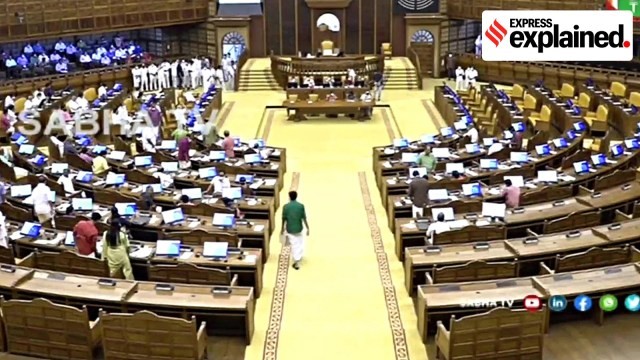
Copyright infringement not intended
Picture Courtesy: The Indian Express
The Kerala government has introduced the Kerala Single Dwelling Place Protection Bill, the first state-level law in India aimed at protecting borrowers from losing their homes when they default on loans secured against their single dwelling place. This law applies to all financial institutions operating within Kerala, including banks, co-operative banks, and Kerala State Financial Enterprises (KSFE).
Key Provisions of the Bill
Eligibility Criteria:
Protection Mechanism:
|
Jurisdiction |
Measure |
Target Group |
Key Features |
|
National |
Reserve Bank of India (RBI) Initiatives |
All borrowers |
- Co-Lending Framework (Effective January 2026): Mandates banks and NBFCs to retain at least 10% of each loan on their books to enhance risk-sharing and transparency. - Provisioning Relaxation for Infrastructure Loans (June 2025): Eased provisioning rules for under-construction infrastructure loans, reducing the required set-aside to 1% of the loan value. - Master Direction on Wilful and Large Loan Defaulters (July 2024): Established guidelines for classifying borrowers as wilful defaulters and disseminating credit information. |
|
National |
Proposed Law Against Illegal Lending (December 2024) |
Borrowers affected by unregulated lending |
- Drafted a law to impose prison sentences of up to seven years and fines for unauthorized loans, including digital platform loans. |
|
National |
Loan Write-Offs by Banks |
All borrowers |
- Over the last five financial years, banks have written off loans worth ₹9.90 lakh crore. However, recovery has been limited, with only 18.7% of written-off loans recovered, leaving 81.3% unresolved. |
|
Kerala |
Kerala Single Dwelling Place Protection Bill, 2025 |
Low-income homeowners |
- Protects families from losing their only home due to loan defaults. - Establishes eligibility criteria, including annual income below ₹3 lakh and total loan liability not exceeding ₹10 lakh. - Sets up district and state-level committees to assess cases and recommend relief. |
|
Punjab |
Loan Waiver for Scheduled Castes and Disabled Individuals |
SC and disabled individuals |
- Waived loans taken by Scheduled Caste families up to March 31, 2020, under the Punjab Scheduled Castes Land Development and Finance Corporation, amounting to ₹67.84 crore. - Benefited 4,727 families, including 4,685 defaulters and 42 regular payers. - The state government repaid the entire amount, including principal, interest, and penal interest, to the Corporation. (Source: The New Indian Express) |
|
Haryana |
Deen Dayal Lado Lakshmi Yojana |
Women aged 23–60 from low-income families |
- Provides ₹2,100 monthly financial assistance to eligible women. - Targets women from families with an annual income of up to ₹1 lakh. - Implemented through a mobile app for easy registration. - Launched on September 25, 2025, coinciding with the birth anniversary of Pandit Deendayal Upadhyaya. (Source: NewsDrum) |
|
Uttarakhand |
Streamlining Loan and Insurance Claim Processes |
All borrowers |
- Simplified loan and insurance claim processes under state and central schemes to enhance benefit delivery. - Aimed to improve the state's credit-deposit ratio, particularly in hill districts. (Source: MillenniumPost) |
Source: Indian Express
|
Practice Question Q. Discuss the significance of the Kerala Single Dwelling Place Protection Bill, 2025, in safeguarding low-income families from losing their homes due to loan defaults. What challenges might arise in its implementation, and how can these be addressed?" (250 words) |
It is a state legislation aimed at protecting low-income families from losing their single dwelling homes due to loan defaults. It prevents banks and financial institutions from seizing mortgaged homes under certain conditions.
Borrowers with loans up to Rs 5 lakh, owning limited land (up to 5 cents in municipal areas or 10 cents in rural areas), having an annual income below Rs 3 lakh, and no other properties are eligible.
No, the Bill excludes loans taken for purposes other than education, medical treatment, marriage, house construction/renovation, agriculture, or self-employment.
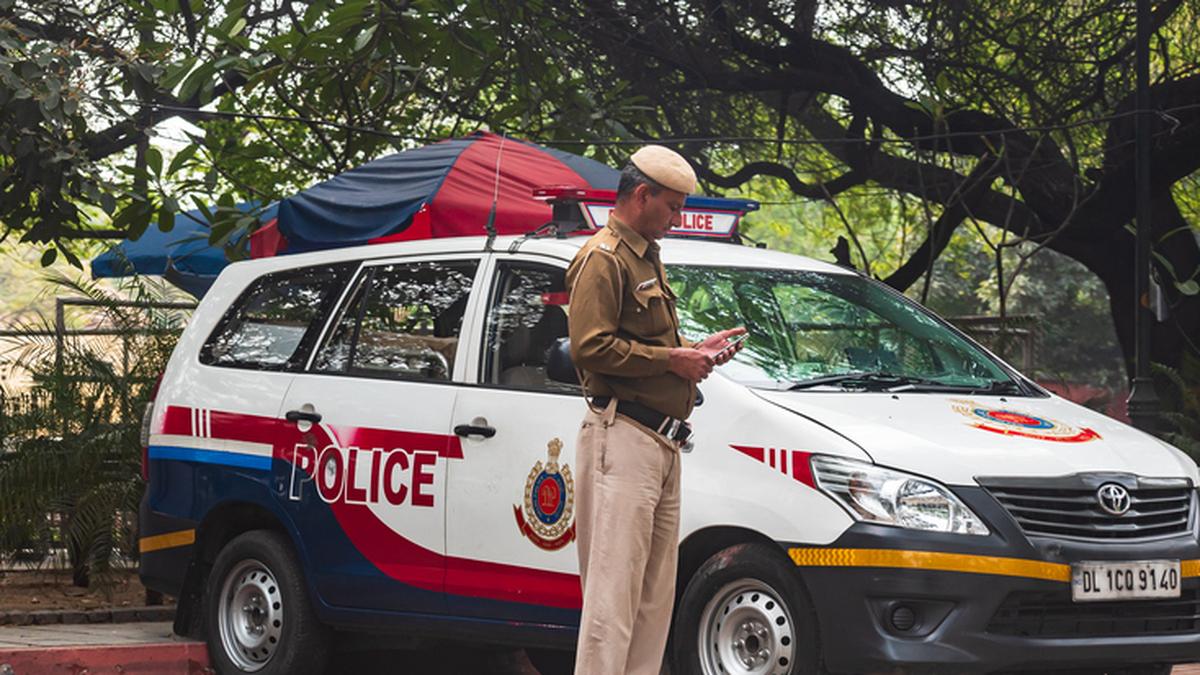
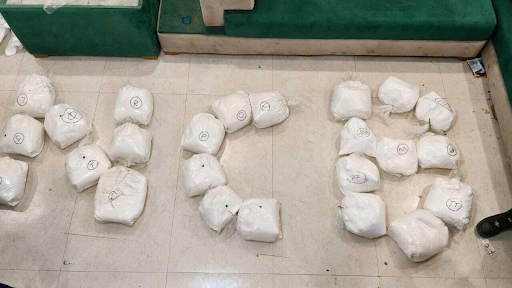
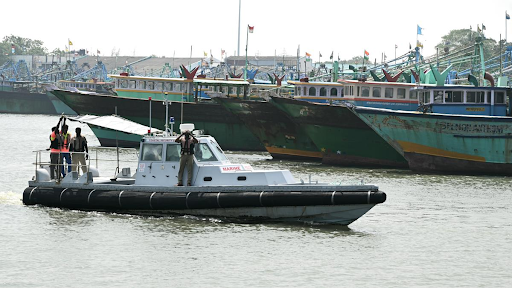
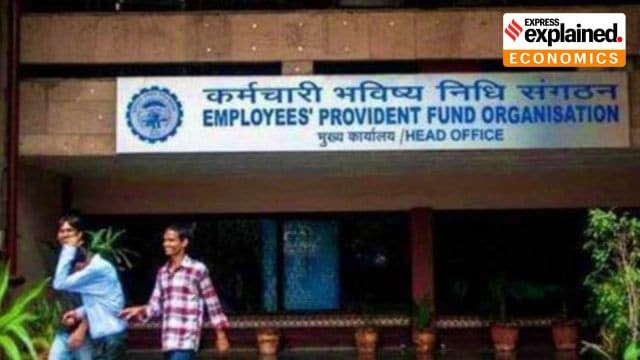

© 2025 iasgyan. All right reserved